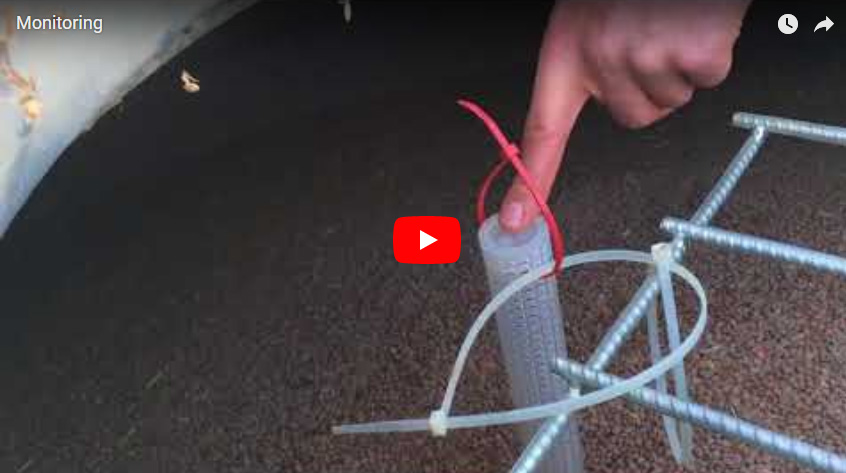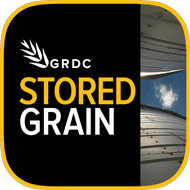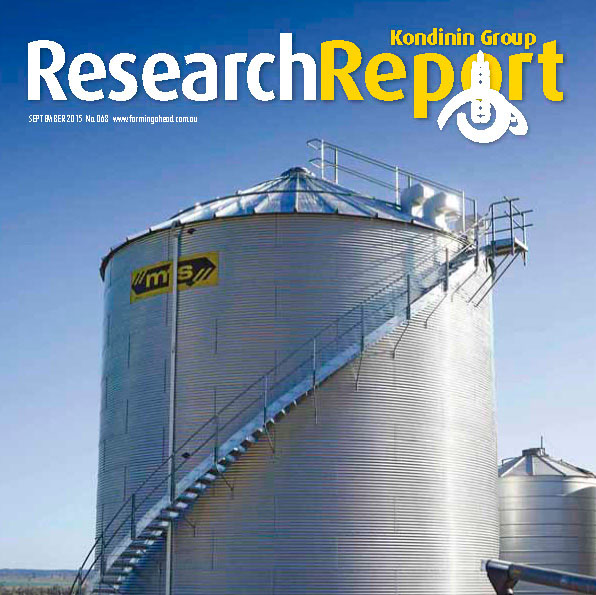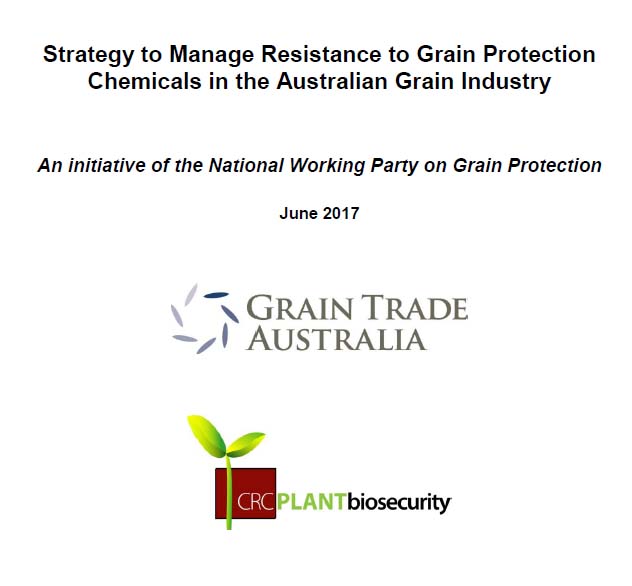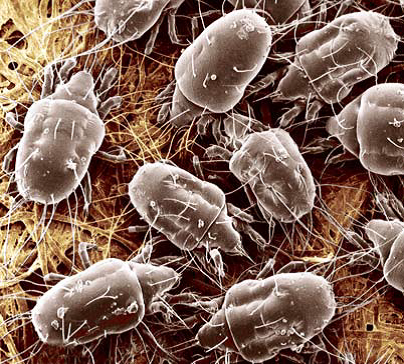Introduction
Carbon dioxide is an alternative insect pest control option to the most commonly used fumigant, phosphine. Driven largely by market request for ‘organic grain’ or ‘clean & green’, carbon dioxide is usually easier to manage in smaller, gas-tight silos less than 300 tonnes.
If using carbon dioxide, it should be referred to as a ‘controlled atmosphere’ treatment and not a fumigation. The process involves replacing oxygen with carbon dioxide to a concentration that is toxic to insects over an extended time.
The gas-tightness of the silo is critical to successfully control the atmosphere inside the silo. Control of all insect pests will not be successful if small air leaks in the silo allow carbon dioxide gas to escape and oxygen to re-enter.
Key requirements for effective control of all insect life stages using carbon dioxide.
• Pressure tested, gas-tight silo (See https://storedgrain.com.au/pressure-testing/)
• The time to undertake the grain treatment which is typically 15 days
• Sufficient supply of food grade carbon dioxide gas
• Equipment to measure carbon dioxide gas concentrations during and following application
Adding carbon dioxide
The most common way to add carbon dioxide to a gas-tight, sealed silo is with pressurised cylinders of liquid, which when released from the bottle changes to a gas. A specifically designed carbon dioxide regulator is required to control the rate that gas is released from the bottle into the silo via a short high pressure tube.
Carbon dioxide is about one and a half times heavier than air and is non-flammable, colourless and odourless. Gas is introduced into the base of the silo and concentration levels are measured at the top with a gas line going to the headspace. The gas-tight, sealed silo will of course need the standard pressure relief valve fitted to sealable silos to allow natural expansion and contraction of the air inside the silo when it’s sealed.
One kilogram of liquid carbon dioxide produces approximately half a cubic metre of gas. As a guide, one 30 kilogram (size G) cylinder of carbon dioxide treats 15 tonnes of storage capacity, plus one extra cylinder. For example, a 60t silo would require five cylinders (15t per cylinder plus one extra).
While carbon dioxide is released into the bottom of the silo, air is forced out through the opened silo top lid or vent. Each cylinder may take about three hours to dispense the 30kg. If it freezes, change to another cylinder while the other one thaws. Have a delivery hose as short as practical, this reduces the amount of freezing in the tube. Extra time may be needed to allow it to thaw.
Using a manifold system allows more than one cylinder to be connected at one time to speed up the application process.
Once the target starting concentration level of 80-90 per cent carbon dioxide is reached at the top of the silo, the gas is turned off and the top lid is sealed shut.
Monitoring during treatment
The minimum required concentration for effective control of all insect species (except Trogoderma spp.) at all life stages is not less than 35 per cent carbon dioxide for 15 days where the temperature is at or above 20 degrees Celsius. Carbon dioxide is less effective at grain temperatures below 20 degrees Celsius so a longer exposure period is required. Lower ambient temperatures will cause the gas cylinders and gas lines to freeze quickly, so application will be slower. When ambient temperature is below 15 degrees Celsius, carbon dioxide application is not recommended.
Check gas concentration levels throughout the treatment using the tube going to the silo headspace and the gas measuring equipment. Carbon dioxide concentration must remain above 35 per cent for the treatment period, so more gas may need to be added depending on the quality of the gas-tight, sealed silo.
If excessive toping up of carbon dioxide is required because the silo is not gas-tight, the treatment will become very expensive and pest control may not be successful.
Safety
Carbon dioxide is classified as an asphyxiant gas to humans and concentrations between 7-10 per cent may cause suffocation. Concentrations even as low as two percent can cause respiratory distress so silos treated with carbon dioxide should never be entered during treatment or until the silo is sufficiently ventilated. Use the silo aeration system to thoroughly vent all the carbon dioxide.
Warning signs, tape and locked access points help prevent accidental exposure from someone entering a silo under treatment.
Ensure all safety instructions and advice is followed.
Gloves are a must when handling carbon dioxide cylinders or pressure tubing during application.
For more information contact your local carbon dioxide supplier such as BOC, or call 1800 WEEVIL to talk to a grain storage specialist.




